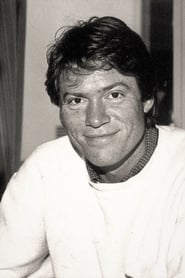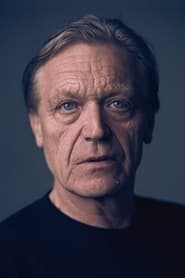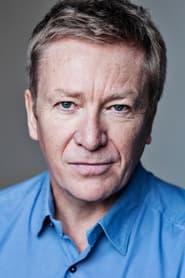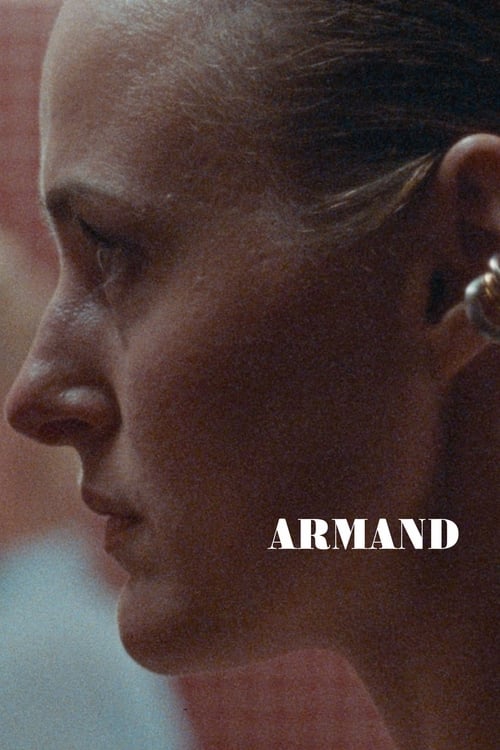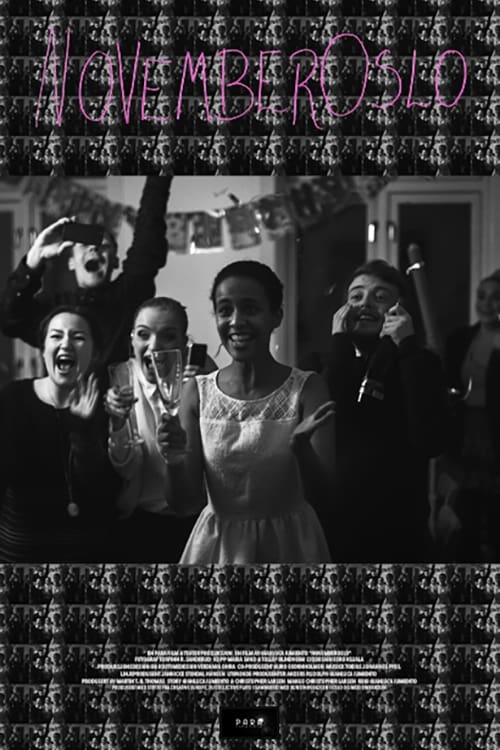
Ask Your Own Question
What is the plot?
Sorry, we aren't able to watch and write up a full detailed plot yet. Check back in a few days.
What is the ending?
At the end of Number 24 (2024), the elderly Gunnar Sønsteby sits alone with a student, tearfully recounting the fate of his close friend Erling Solheim. He reveals that he gave the order to have Erling killed because of his collaboration with the Nazis, and he apologizes to both the student and Erling for this painful decision, underscoring the heavy personal cost of resistance during the war.
The film's ending unfolds in a quiet, emotionally charged scene set in modern times. Gunnar Sønsteby, now an elderly man, is invited to speak to a group of students in his hometown of Rjukan, Norway. After delivering his lecture about his wartime experiences, he remains behind with one student, sitting alone at a table. Tears stream down his face as he shares a deeply personal story.
He tells the student about Erling Solheim, his childhood friend who had initially underestimated the Nazi threat and later became a collaborator. Gunnar explains that despite their friendship, Erling's betrayal forced him into a grim position. As a leader in the Norwegian Resistance, Gunnar had to order Erling's execution to protect the movement and the country. This revelation is delivered with a heavy heart, and Gunnar's apology to the student is also an indirect apology to Erling, reflecting the moral complexity and personal sacrifices involved in the fight against occupation.
This final scene is a poignant moment of reckoning. It contrasts the public heroism of Gunnar's wartime actions with the private anguish he carried afterward. The tears and the apology highlight the emotional toll of resistance work, especially when it involves confronting and condemning those once close to you.
Regarding the fates of the main characters at the story's end:
-
Gunnar Sønsteby survives the war and lives into old age, becoming a respected national hero and businessman. He dedicates his later years to educating young people about the resistance and the difficult choices it entailed.
-
Erling Solheim, Gunnar's childhood friend, is executed on Gunnar's orders due to his collaboration with the Nazis, a fate that haunts Gunnar deeply.
The film closes on this intimate, somber note, emphasizing the personal costs behind the heroic acts of sabotage and resistance that defined Gunnar Sønsteby's legacy.
Is there a post-credit scene?
Based on the available search results about Number 24, there is no information provided regarding a post-credit scene. The search results focus on the main ending of the film, which takes place during a present-day school assembly in Rjukan, Norway, where elderly Gunnar Sønsteby addresses students about his wartime actions and privately confronts his guilt over ordering the execution of his childhood friend Erling Solheim.
The search results detail the emotional final moments where Sønsteby sits alone with a student descendant of Solheim, tears streaming down his face as he apparently confesses what happened and apologizes, but they do not mention anything occurring after the credits roll.
To get a definitive answer about whether Number 24 contains a post-credit scene, you would need to watch the film directly or consult sources that specifically address this detail.
What is the significance of Gunnar Sønsteby's code name 'Number 24' in the film?
Gunnar Sønsteby's code name 'Number 24' is his identity as a secret agent within the British Special Operations Executive during WWII. It symbolizes his role as a key resistance fighter leading sabotage missions in occupied Norway, including securing printing plates for Norwegian currency and sabotaging weapons factories. The film is titled after this code name, highlighting its importance to his clandestine activities and legacy.
How does the film portray the relationship between Gunnar Sønsteby and his pre-war best friend Erling?
The film reveals a poignant and tragic relationship between Gunnar and his pre-war best friend Erling, who takes an opposite path by collaborating with the Nazis. This relationship is explored through flashbacks and culminates in Gunnar having to give the order to take Erling's life, a moment that deeply affects him emotionally, as shown in the film's ending where Gunnar tearfully apologizes to a student for this act.
What are some of the key sabotage missions led by Gunnar Sønsteby depicted in the movie?
Key sabotage missions include Gunnar's efforts to secure the printing plates for Norwegian banknotes to enable the Resistance to print currency, and the infiltration and sabotage of the Kongsberg weapons factory, which was producing cannons for the German army. These missions are portrayed with tension and detail, emphasizing the strategic importance and personal risks involved.
How does the film use the framing device of Gunnar Sønsteby's lectures to students?
The film is framed by scenes of an elderly Gunnar Sønsteby giving lectures to school students in modern-day Rjukan, Norway. Through these lectures, he recounts his wartime experiences, providing context and reflection on his actions and the moral complexities of resistance work. This device also allows the film to explore Gunnar's internal motivations and the impact of his decisions on others.
What role do Gunnar Sønsteby's comrades play in the film, and how is his leadership depicted?
Gunnar leads a resistance cell known as the Oslo Gang, composed of various members who carry out sabotage and assassination missions. His leadership is shown as meticulous, single-minded, and disciplined, often contrasting with comrades who succumb to distractions. He is portrayed as a pragmatic and resolute figure, focused on the mission and the greater cause of Norwegian freedom.
Is this family friendly?
The movie Number 24 (2024) is not fully family-friendly and is more suitable for older children or adults due to its mature themes and content. It contains moderate violence and gore, mild sexual content, mild profanity, mild alcohol and drug use, and moderate frightening and intense scenes. These elements reflect the harsh realities of war and emotional tension portrayed in the film.
Potentially objectionable or upsetting aspects for children or sensitive viewers include:
- Moderate violence and gore related to war settings, which may include battle scenes or their aftermath.
- Moderate frightening and intense scenes that convey the emotional and physical toll of war.
- Mild sexual content and nudity, though limited.
- Mild profanity and some depiction of alcohol use.
- The overall tone is serious and emotionally heavy, focusing on themes of resistance, sacrifice, and the moral complexities of war.
Given these factors, Number 24 is best suited for mature audiences and may not be appropriate for young children or those sensitive to war-related violence and intense emotional content.
















